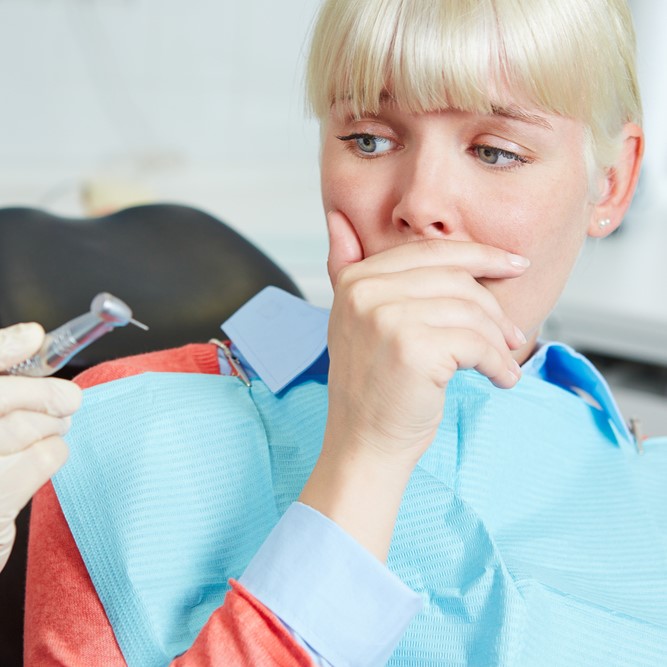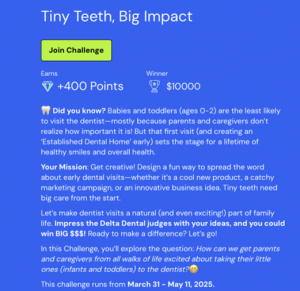
Dental anxiety, dental visits and oral hygiene practices
Purpose
The present study investigated the effects of dental anxiety and dental visits on oral hygiene practices, which included brushing, lossing and amount of time brushing.
Materials and Methods
The study included a dental questionnaire developed to measure aspects of dental visits, oral hygiene and dental anxiety. A demographic questionnaire included questions pertaining to age, ethnicity and citizenship. Participants included 77 undergraduate students attending a diverse southern United States university enrolled in psychology courses.
Results
Linear regression was conducted to explore the association between dental anxiety and oral hygiene practices. Results revealed the model explained a significant proportion of variance in oral hygiene practices, R2 = 0.141, F(1,76) = 12.441, P < 0.001. Specifically, higher dental anxiety was associated with poorer oral hygiene practices. A correlation was conducted to investigate the association between dental visits and oral hygiene practices. Results revealed a correlation between dental visits and brushing r(75) = 0.342, P = 0.002, and lossing frequency r(75) = 0.294, P = 0.009. There was no association between visits to the dentist and time spent brushing teeth.
Conclusion
Results indicate that dental anxiety is associated with oral hygiene practices. Additionally, those who visit the dentist more often have somewhat better oral hygiene practices. The present study indicates that there may be a learned association between dental anxiety and oral hygiene practices. Methods of education can be developed to disassociate anxieties that may inhibit optimum oral hygiene practices. It may also be beneficial for dental professionals to emphasise the value of the amount of time patients spend brushing their teeth.
Authors: DeDonnoa, Michael A.
Source: https://openurl.ebsco.com/
 Related articles
Related articles
Oral surgery 15 September 2023
Music therapy, virtual reality to manage anxiety and pain in dental surgery
To mitigate the effects of anxiety, alternative techniques have been studied, such as psychological distraction to control anxiety and perioperative pain. These methods do not involve any risk for...
Oral surgery 27 March 2023
Does modifying the consent process reduce anxiety during third molar operations?
Third molar surgery is one of the most commonly performed operations, usually associated with high anxiety. The purpose of this study was to determine if patients' anxiety would reduce if consent was...
Tooth decay is the most common chronic disease in children and, if left untreated, may lead to infections and problems with focusing in school.
More toddlers and infants could soon be headed to their first dental visit if this group of high schoolers has its say. Dozens of aspiring dentists—still in high school—are signing up for a new...
Oral Hygiene & Prevention 15 March 2023
Prevalence over time and determinants of dental care visits among Tennessee seniors
Increased dental visits help detect and treat dental disease and offer opportunities for preventive care. This longitudinal study aimed to examine the prevalence and determinants of dental care...
 Read more
Read more
Editorials 10 October 2025
With proud smiles and crisp white coats, ninety-three learners from the DDS Class of 2029 and the International Dentist Pathway Class of 2028 marked the start of their dental careers at the UCSF...
Periodontology 10 October 2025
Continuous professional development (CPD) in Periodontology refers to the overall framework of opportunities that facilitate a life-long learning practice, driven by the learner-practitioner and...
TheraBreath, the #1 alcohol-free mouthwash brand in the U.S.*, has introduced a new line of dentist-formulated, clinically tested toothpastes designed to support professional oral care...
News 10 October 2025
New officers and trustees were installed at the Minnesota Dental Association’s Leadership Conference on September 19 in Minneapolis.
News 10 October 2025
Smartee Denti-Technology today announced that Professor Gang Shen, its Chief Scientist and Executive President of TaiKang ByBo Dental, has once again been named to the World’s Top 2% Scientists...















